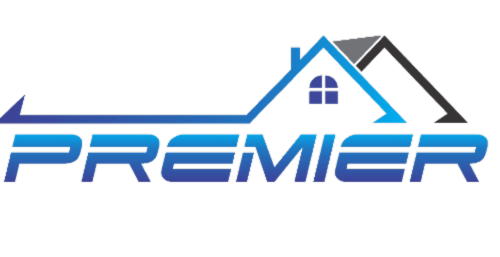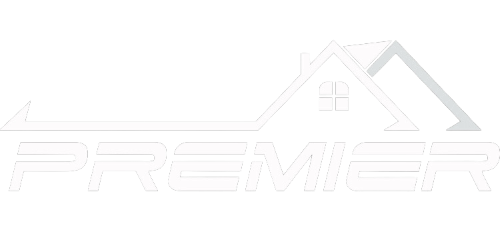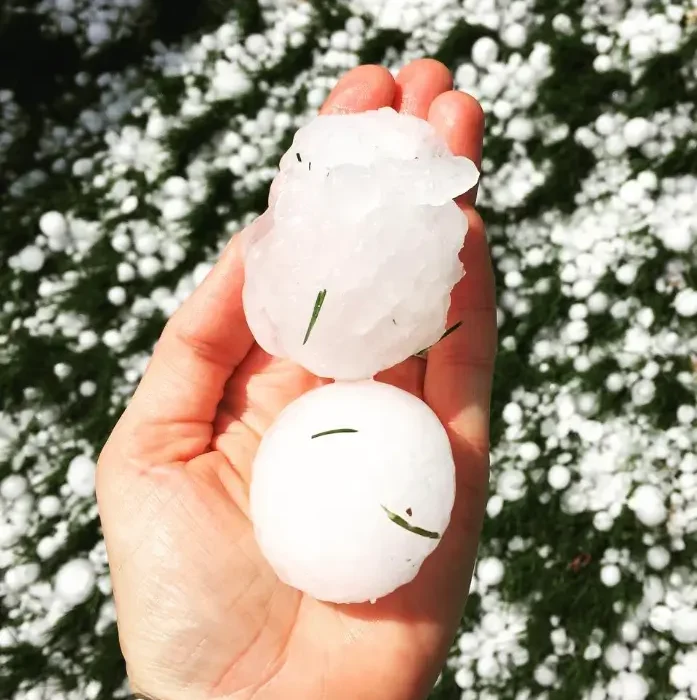The Front Range of Colorado is already experiencing another season of intense hail storms. It’s critical that Denver-area homeowners schedule inspections and possible repairs immediately. Working with your insurance company can be difficult, so hiring a company (ahem, Premier Restoration and Construction) with extensive experience is a must.
1. Prevention of Water Damage: Hail damage often compromises the integrity of a roof’s protective layers. This can lead to leaks during subsequent rainfalls, resulting in water damage to the home’s interior. Water intrusion can damage insulation, ceilings, walls, and even structural components, leading to costly repairs.
2. Avoidance of Mold and Mildew: Roof leaks caused by hail damage can create moist conditions ideal for mold and mildew growth. Mold can spread quickly throughout a home, posing serious health risks, including respiratory issues and allergies, and can be expensive to remove.
3. Structural Integrity: Hail can cause significant damage to roofing materials, such as cracking shingles or denting metal roofs. Over time, this damage can compromise the roof’s structural integrity, making it less effective at protecting the home from the elements and potentially leading to more extensive structural issues if not addressed promptly.
4. Energy Efficiency: Damaged roofs can affect a home’s energy efficiency. Gaps or holes created by hail can allow air to escape or enter the home, leading to increased heating or cooling costs as the HVAC system works harder to maintain the desired temperature.
5. Insurance Claims: Many insurance policies require timely reporting of damage. Delaying repairs after a hailstorm can complicate the claims process and might result in reduced or denied coverage. Prompt repairs help ensure that the damage is covered by insurance, minimizing out-of-pocket expenses.
6. Pest Infestation: Roof damage can create entry points for pests such as insects, rodents, or birds. These pests can further damage the roof and other parts of the house, creating additional repair costs and potential health hazards.
7. Preservation of Property Value: A damaged roof can negatively impact a home’s value. If the damage is not repaired promptly, it can become a significant issue during a home inspection, making it harder to sell the property or reducing the sale price.
8. Aesthetic Concerns: Hail damage can lead to visible defects such as dents, missing shingles, or discolored spots on the roof. These issues can detract from the home’s curb appeal and overall appearance, impacting both personal satisfaction and property value.
9. Prevention of Escalating Damage: What starts as minor hail damage can worsen over time if left unaddressed. Small issues like cracks or loose shingles can lead to larger problems, including extensive structural damage or complete roof failure, necessitating more expensive repairs or even a full roof replacement.
10. Safety Considerations: A compromised roof can pose safety hazards. For instance, weakened roofing materials or structures can collapse under the weight of heavy snow or ice, posing risks to the inhabitants and potentially causing severe damage to the home.
Immediate Steps After Hail Damage
Schedule Repairs: Once your claim is approved, schedule the necessary repairs with a professional roofing contractor.
Inspect the Roof: Perform a preliminary visual inspection from the ground. Look for visible damage such as dents, broken shingles, or displaced roof materials.
Document the Damage: Take photographs of any visible damage to provide to your insurance company.
Contact a Professional: Hire a licensed roofing contractor to conduct a thorough inspection and assess the extent of the damage.
File an Insurance Claim: Contact your insurance provider to report the damage and initiate the claims process.
Temporary Repairs: If necessary, perform temporary repairs to prevent further damage, such as covering holes with tarps or sealing minor leaks.


